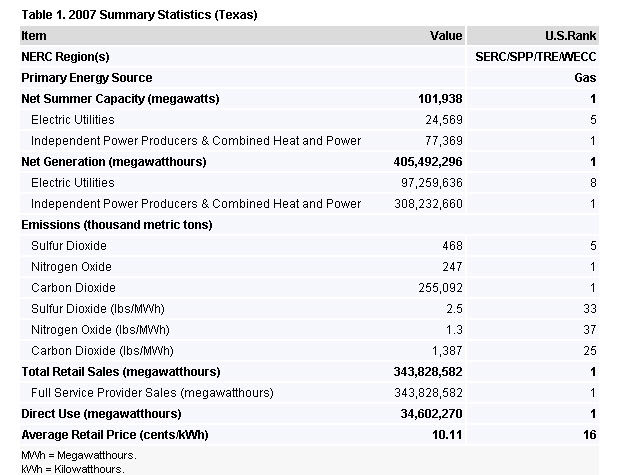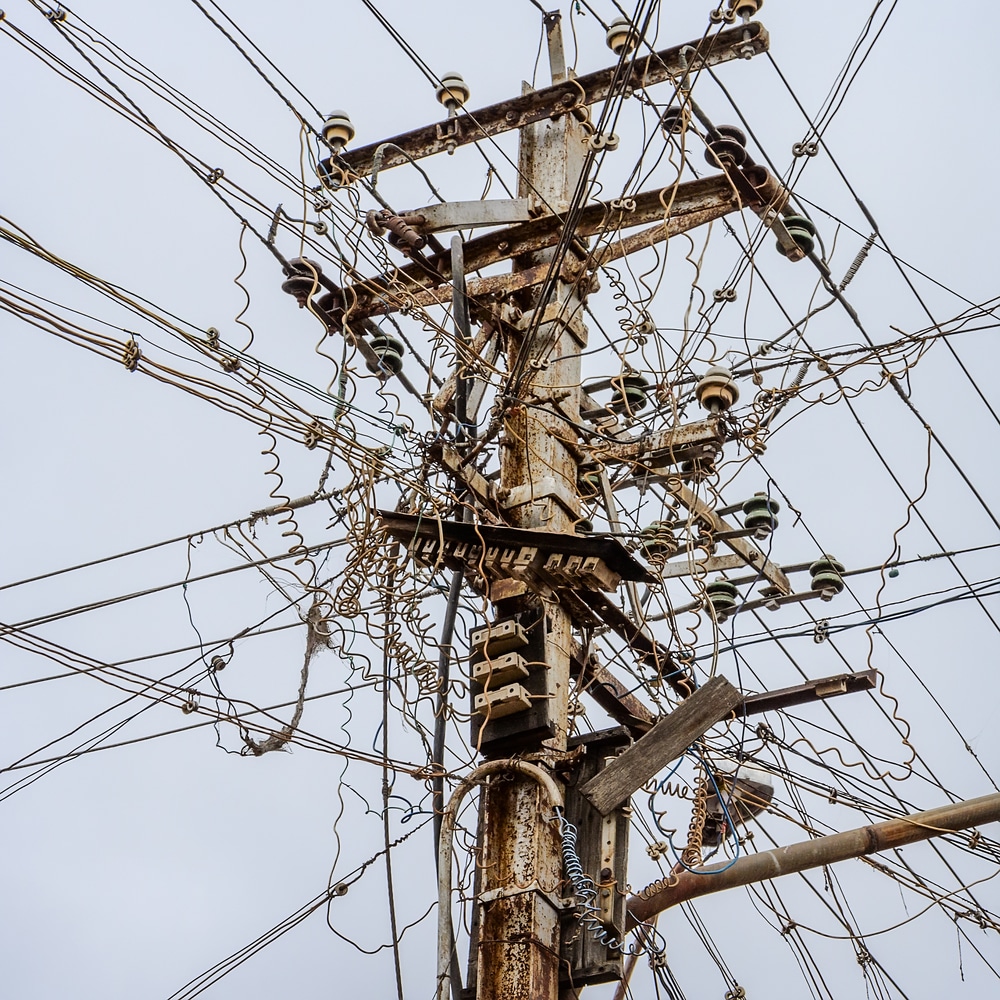Just out of curiosity, have you been looking at your kilowatt-hour prices from the electric company you pay for electricity? If you have, has it gone up, gone down, or stayed relatively stable? Consumers across the country on average have experienced a 5% increase in kilowatt-hour costs from last year. Craig DiLouie posted a quick post on LightNOW about this a few weeks ago, and it really got me looking at the numbers.
I’m the kind of person who doesn’t feel I have the right to complain about something unless I have all pertinent data showing me just exactly what the facts are. Most times, all a person needs to do is to search out the information, and *poof* it appears. In most cases of information, there is somewhere on the planet that a person can find or access numbers, statistics, and other pertinent data. In the case of electricity costs and energy figures, you need to check out the Energy Information Administration website.
The Energy Information Administration website provides just about every bit of information that you could need to get statistics or charts for this data – in most cases, they even provide downloadable spreadsheets for you to have and work on. After Craig’s post about kilowatt hour prices being higher on average from last year, I had to find some other information because I am a super huge nerd when it comes to facts and numbers. For example, I’m trying to lose weight right now – my best method? Tracking data and making alterations based on the numbers.
Some statistics I thought were interesting were which states are paying the most per residential kilowatt hour of electricity. These figures are as of April 2009 – I’m interested to see them at the end of the summer. This is a sampling of the highest cost per kilowatt hour states:
- Connecticut: 20.43 cents/kWh – second highest in the country
- Massachusetts: 17.74 cents/kWh
- Maine: 15.23 cents/kWh
- Rhode Island: 15.31 cents/kWh
- Vermont: 15.21 cents/kWh
- New Jersey: 15.89 cents/kWh
- Texas (where I live): 13.02 cents/kWh
- New York: 17.45 cents/kWh
- Maryland: 14.82 cents/kWh
- California: 14.21 cents/kWh
- Hawaii: 22.19 cents/kWh – highest in the country
- Alaska: 16.95 cents/kWh
Consequently, the lowest three states’ kilowatt hour averages are Idaho (7.28 cents/kWh), North Dakota (7.34 cents/kWh), and Washington (7.71 cents/kWh).
The average cost per kilowatt hour in the United States for residential consumption of electricity is, as of April 2009, at 11.59 cents/kWh. The commercial, industrial, and transportation costs per kilowatt hour are considerably less.
You really should inform yourself and look at your state-by state costs. One of the reasons that I write this blog is so that I can help spread the growth of knowledge in light and things pertaining to light – as a population, things will get better for us all if we are informed. I took a look at mine, which is Texas, and it helps if you know a few terms when you look at the chart on a state-by-state basis. Here’s the chart for Texas, in this case, statistics from 2007:

Let’s deconstruct some of the terms in this chart:
First:
Kilowatt Hour refers to one thousand watt-hours, and Megawatt Hour is one million watt-hours. A watt-hour, without getting terribly technical and discussing joules and that kind of stuff, is a unit of measuring work and a method for charging consumers – or in this case, a thousand units of work per hour (kilowatt hour). If you have a space heater in your garage, for example, that uses 1000W, and you use it for eight hours on a weekend, you have presumably used 8000W in 8 hours, or 8 kilowatt hours. Using the national average of cents per kilowatt hour (11.59 cents per kilowatt hour), let’s calculate the cost of 8 hours of your heater:

I hope this makes sense – it should also give you a good idea as to how much your high-wattage equipment can strain your wallet, and why it’s good to have energy efficient stuff, even if just to save you money. If you were to run that same heater 8 hours every day, it would run you about $85 bucks every 4 months, and about $339 bucks every year, just to operate.
Back to some terms for the chart above, now that the kilowatt hour ramble is over…
NET SUMMER CAPACITY
Net Summer Capacity refers to how much electricity is expected to be generated by the power station equipment to maintain the highest demand period in the summer. There’s also a Net Winter Capacity, and I can imagine you know what that means, right?
NET GENERATION
The Net Generation number refers to how much power is generated at a power plant, and expludes how much power is consumed for power plant usage.
EMISSIONS
This refers to waste generated by making power. Carbon footprint and all that stuff refers to emissions. Most of these come from burning fossil fuels, which makes the wind, water, and solar technologies very attractive.
Something I find just staggering is the Total Retail Sales figure. From the 2007 chart above, Texas saw a total retail sales of 343,828,582 megawatt hours of electricity. That is 343,828,582,000 kilowatt hours, which translates to $34,761,069,640.20 billed to end users for Texas alone, in 2007. That number was 34 billion, 761 million, 69 thousand, 640 dollars and 20 cents.
I hope some of this long post helped you understand a part of your electric bills for the future and keep up with the news and the trends – when you read news about electric companies pushing back against the use of alternative energies in favor of the continuing use of coal, oil, and other fossil fuels, can you guess why they want to keep having you pay for their services? Just keep in mind, it’s your money!
I *highly* recommend going and spending 20 minutes looking at the articles and statistics on the Energy Information Administration website. Seriously.





On your website I finally found the kwh per hour for California…and I could not find it any where else..thank you so much for the research that youn do!
I am glad to be able to help!!!
Comments are closed.